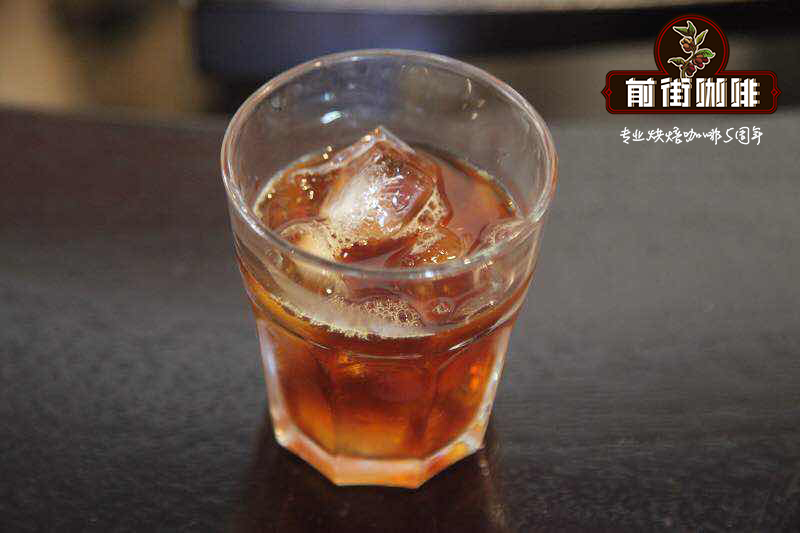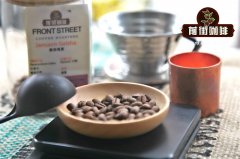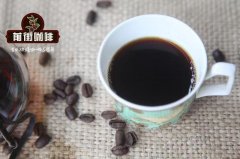What are the characteristics of Sunshine Flower Kui flavor and taste? Yega Shifei Xida Hua Kui hand to share.

Professional coffee knowledge exchange more coffee bean information please follow the coffee workshop (Wechat official account cafe_style)
Qianjie Coffee-Sidamohan Bella Sun Sakuran Coffee sharing
Most of the coffee farms in Ethiopia are still in the original state, and the local farmers just go to the mountains to pick, choosing only all red fruits, fully ripe coffee cherries, all manual picking, African scaffolding to dry, limit the thickness of the fruit layer and turn it 24 hours a day, to ensure uniform sun exposure and ventilation, and to more accurately grasp the degree of fermentation. most local treatment plants also use the original sun treatment. According to experience, fermentation and drying, so the quality is very unstable.
Sakuran is planted in mountains of about 2250-2350 meters. The temperature at night is about 12 ℃. When the temperature is high at noon, it will be sheltered in time to prevent red fruit from sunburn. Fertile soil, special climate, artificial picking mature coffee red fruit, picked coffee fruit sugar content of more than 30 before the sun treatment, and ensure the humidity of coffee red fruit. After drying on the traditional African wooden frame for 60-70 days, we can accurately grasp the degree of fermentation and bring more sweet and sour fruit to this coffee. The head of the flower is well deserved!
This Sakuran tastes like peach and passion fruit juice when baked, with unique flavors of strawberry, guava, jackfruit and cinnamon. The roses are full of scent. Soft and delicate, full of sweetness!
Ethiopia Sunshine Flower Kui G1
Origin: Hambella Wamenna
Bean seed: Ethiopian native species Heirloom (family heirloom)
Altitude: 2250-2350m
Manor: Guji,GORO Manor
Processing method: solarization (African drying bed)
Grade: G1
Baking degree: shallow baking
Flavor: peach, passion fruit, strawberry, guava, jackfruit, cinnamon, rose
Cooking parameters: 90 ℃ / grinding degree BG-5R/1:15/V60
Technique: 15 grams of coffee powder steamed with 30 grams of water for 30 seconds, then injected to 125 grams, then injected to 225 grams after seeing the powder bed, see the powder bed to remove the filter cup, the total extraction time: 2 minutes
END
Important Notice :
前街咖啡 FrontStreet Coffee has moved to new addredd:
FrontStreet Coffee Address: 315,Donghua East Road,GuangZhou
Tel:020 38364473
- Prev

What is the flavor of Sidamo Gucci coffee beans? introduction to the flavor of Guji Huakui coffee beans
Professional coffee knowledge exchange more coffee bean information please follow the coffee workshop (Wechat official account cafe_style) Qianjie Coffee-Sidamo Guji Sakuran Coffee sharing Ethiopia Ethiopia Geji (also known as Sakuran) is located in Hambella, Humbera is located in GUJI, the largest coffee producing area in Ethiopia, and the administration is affiliated to Oromia. The west of Hambella and yeah
- Next

What kind of beans is Huakui Coffee Bean? a brief introduction to the characteristics of sunny Huakui coffee beans
Professional Coffee knowledge Exchange more coffee bean information Please follow Coffee Workshop (Wechat official account cafe_style) Qianjie Coffee-Sidamohan Bella Sakuran Coffee sharing the word "original species" represents the ancient species of plants that were originally planted to eat, some people define a variety that takes more than 100 years to be called a native species, others say 50 years. And then some people will put before 1945
Related
- Beginners will see the "Coffee pull flower" guide!
- What is the difference between ice blog purified milk and ordinary milk coffee?
- Why is the Philippines the largest producer of crops in Liberia?
- For coffee extraction, should the fine powder be retained?
- How does extracted espresso fill pressed powder? How much strength does it take to press the powder?
- How to make jasmine cold extract coffee? Is the jasmine + latte good?
- Will this little toy really make the coffee taste better? How does Lily Drip affect coffee extraction?
- Will the action of slapping the filter cup also affect coffee extraction?
- What's the difference between powder-to-water ratio and powder-to-liquid ratio?
- What is the Ethiopian local species? What does it have to do with Heirloom native species?

